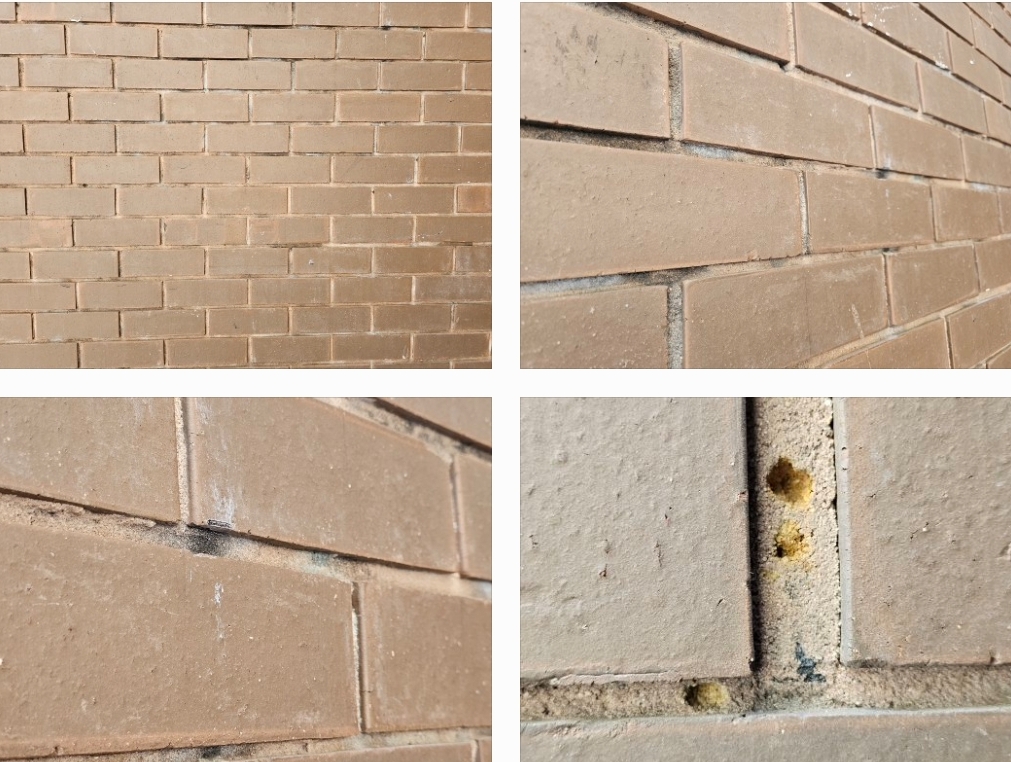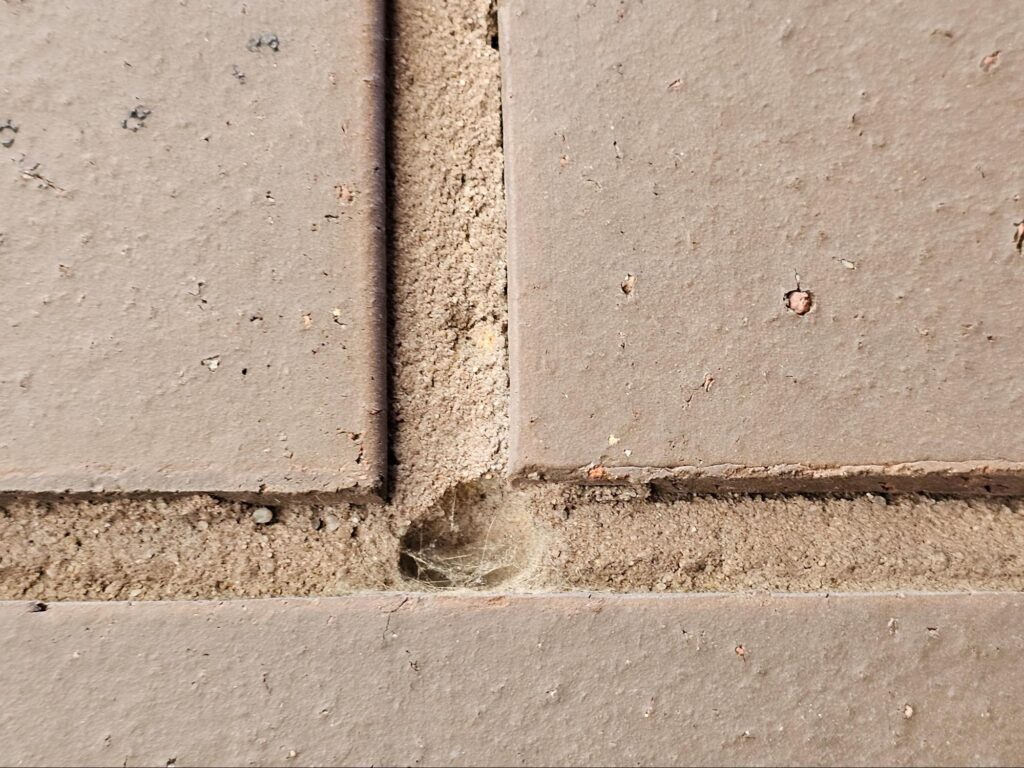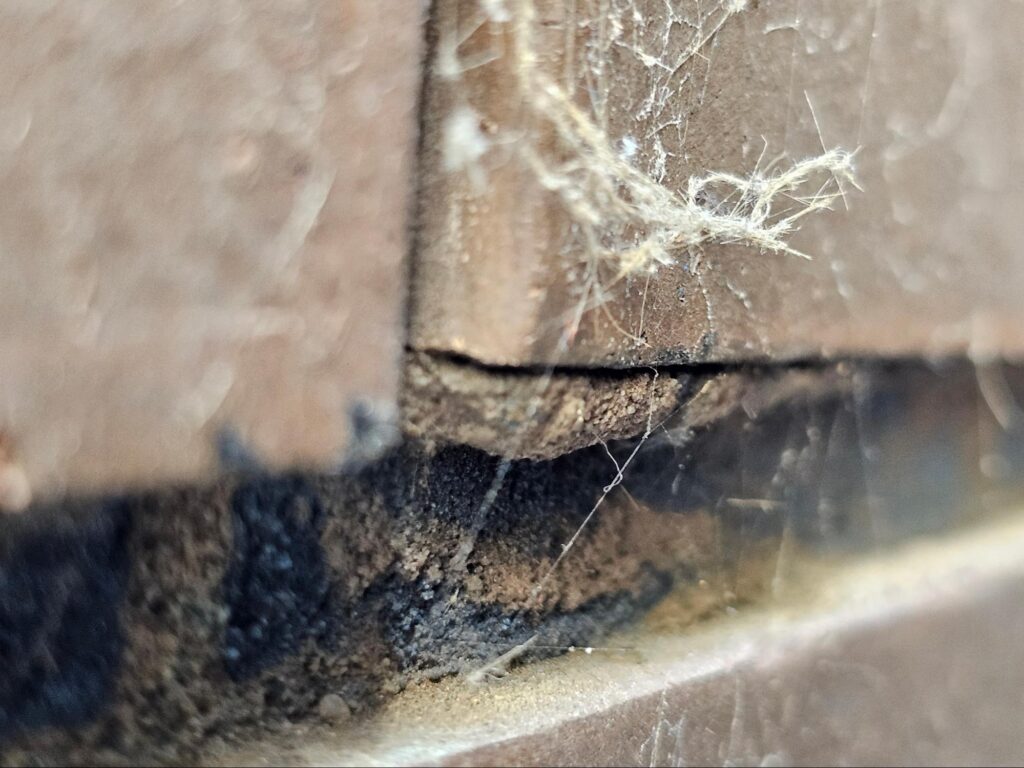Today, we are starting a two-part series that examines some details of modern masonry, particularly where masonry has been built with low quality controls standards and / or failed in certain aspects through typical deterioration. In some cases this modern masonry has significant deterioration that also comes with age but may be impacted by initial installation quality issues. It’s important to point out and understand that when we talk about modern masonry, we’re not just talking about the contemporary masonry of today in 2024, we’re also talking about masonry in the mid 20th century. Mid 20th century masonry is considered modern masonry because it’s built with the same types of means and materials. Brick and mortar manufacturing and production changed about 100 years ago at that time a shift from a lime binder base mortar to a Portland mortar started to take place more prolifically through the mass production and mass distribution areas of the brick masonry industry.
Simultaneously, there was also extensive proliferation of high temperature fired brick. For the first time in the long history of brick usage and production, man shifted from firing bricks with organic materials to using natural gas for a combustion and heat source for brick production. This allowed bricks to become much harder and have a much higher degree of vitrification.
The picture below shows several different angles of a modern brick wall, although we were calling it modern, it’s probably built over about 50 years ago and this wall shows significant signs of deterioration, but not at all the type of deterioration we see with the typical historic brick wall which is often in desperate need of wholesale tuck pointing or repointing. There are needs for spot repointing or spot tuck pointing here on this wall, but the repointing needs are relatively limited and specifically there are acute spots where mortar has delaminated or deteriorated.

The picture below shows an example of a void at the union or juncture of a perpend joint and a bed joint at the face of the brick masonry wall. Although this is not a historic wall, here we have deterioration that we might associate with historic brickwork.

The bed joint is the horizontal joint that runs or joins between bricks from one to the next in a vertical context as the bricks are stacked one on top of the other the bed joint of mortar is laid and on top of each brick and the next brick above that is set into that bed joint. The bed joint is made to be highly consistent because the consistent level of the brick is required to keep the whole building built true and level. When we are building and setting each brick, we use a string line and a spirit level to verify each course of brick is laid near perfectly horizontally level. We also check the outside corners with a plumb bob or in modern times in place of a spirit level or a plumb line we can also often use a laser level. Laser levels are common in the industry but they don’t work well outdoors in broad daylight because the light of the laser is only moderately intense and in full sunlight you can barely even see the laser line because the machinery is just not strong enough to output a laser brighter than the sunlight.

(The picture above shows a modern or contemporary brick joint with discoloration, possibly a sign of plant or microbial growth, an early sign of biocolonization.)
Laser levels already pose a health and safety risk on the worksite because without care they can impair a worker’s vision, and if they were made even more intense, they would be even more dangerous. For these reasons, even though we have this fancier modern technology, we often still use the old school tools of the trade.
Our company, Dupont Tuckpointing and Masonry, specializes in masonry restoration, historic brick repointing, and tuckpointing services in the Washington D.C. area. These buildings are uniquely historic, and their preservation requires skilled masons who are technically trained in the best practices and knowledge of proper restoration techniques.
We understand the significance of maintaining the architectural integrity of these historic structures, and our team of experienced professionals is dedicated to delivering exceptional craftsmanship. Whether you require masonry restoration, tuckpointing, or brick repointing services, we are here to help.
At Dupont Tuckpointing and Masonry, we take pride in our work and strive to ensure that every project is executed with the utmost care and attention to detail. We are committed to preserving the rich heritage of Washington D.C.’s built environment for generations to come.
If you have any questions or needs regarding masonry restoration, historic brick repointing, or tuckpointing services, please do not hesitate to reach out to us. We would be delighted to assist you and provide you with the expertise and quality workmanship that your historic property deserves.
You can reach us by telephone at (202) 796-7644 and you can reach us by email from the contact form on our website at https://duponttuckpointingmasonrydc.com/contact-us/.




